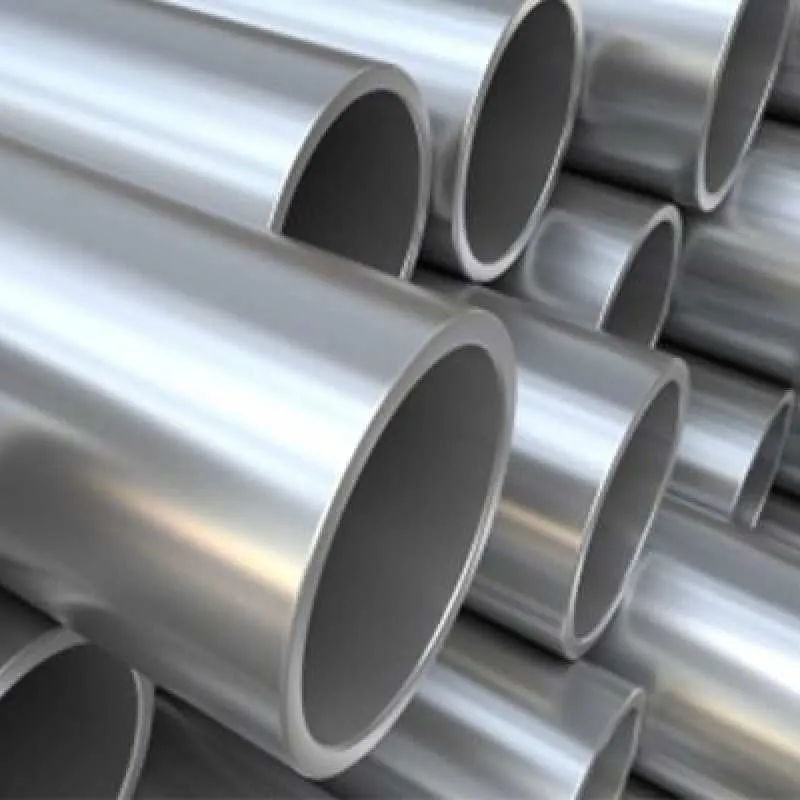-
Cangzhou Yulong Steel Co., Ltd.
-
Phone:
+86 13303177267 -
Email:
admin@ylsteelfittings.com
- English
- Arabic
- Italian
- Spanish
- Portuguese
- German
- kazakh
- Persian
- Greek
- French
- Russian
- Polish
- Thai
- Indonesian
- Vietnamese
- Zulu
- Korean
- Uzbek
- Hindi
- Serbian
- Malay
- Ukrainian
- Gujarati
- Haitian Creole
- hausa
- hawaiian
- Hebrew
- Miao
- Hungarian
- Icelandic
- igbo
- irish
- Japanese
- Javanese
- Kannada
- Khmer
- Rwandese
- Afrikaans
- Albanian
- Amharic
- Armenian
- Azerbaijani
- Basque
- Belarusian
- Bengali
- Bosnian
- Bulgarian
- Catalan
- Cebuano
- China
- China (Taiwan)
- Corsican
- Croatian
- Czech
- Danish
- Esperanto
- Estonian
- Finnish
- Frisian
- Galician
- Georgian
- Kurdish
- Kyrgyz
- Lao
- Latin
- Latvian
- Lithuanian
- Luxembourgish
- Macedonian
- Malgashi
- Malayalam
- Maltese
- Maori
- Marathi
- Mongolian
- Myanmar
- Nepali
- Norwegian
- Norwegian
- Occitan
- Pashto
- Dutch
- Punjabi
- Romanian
- Samoan
- Scottish Gaelic
- Sesotho
- Shona
- Sindhi
- Sinhala
- Slovak
- Slovenian
- Somali
- Sundanese
- Swahili
- Swedish
- Tagalog
- Tajik
- Tamil
- Tatar
- Telugu
- Turkish
- Turkmen
- Urdu
- Uighur
- Welsh
- Bantu
- Yiddish
- Yoruba

Dec . 05, 2024 11:04 Back to list
Comprehensive Guide to Seamless Steel Tube Dimensions and Specifications
Understanding Seamless Steel Tube Sizes
Seamless steel tubes are essential components in various industries, including construction, automotive, aerospace, and oil and gas. One of the critical aspects of working with seamless steel tubes is understanding their sizes and specifications. This article will delve into the sizes of seamless steel tubes, their significance, and how they are measured.
What are Seamless Steel Tubes?
Seamless steel tubes are manufactured without any joints or seams, making them stronger and more reliable than welded tubes. They are produced by extruding steel, which creates a hollow tube without welding or joints. This manufacturing process ensures that seamless tubes have uniform strength and excellent resistance to pressure and temperature changes, making them suitable for high-stress applications.
Importance of Size Specifications
The size of seamless steel tubes is vital for ensuring compatibility with other components in a system or structure. The wrong size can lead to installation issues, leaks, and even catastrophic failures in high-pressure applications. Thus, understanding the dimensions, tolerances, and standards is crucial for engineers and procurement professionals.
Measurement Units
Seamless steel tubes are typically measured in two main systems metric and imperial units.
1. Imperial Units Sizes are often specified in inches (e.g., 1 inch, 2 inches). In the imperial system, the outside diameter (OD) and wall thickness are the primary measurements. 2. Metric Units The metric system usually specifies dimensions in millimeters (e.g., 20mm, 50mm). Similarly, the outside diameter and wall thickness are the critical parameters in this measurement system.
Dimensions of Seamless Steel Tubes
Seamless steel tubes are available in various sizes, depending on the application requirements. The most common sizes can be categorized as follows
- Outside Diameter (OD) This dimension is crucial because it affects the tube's compatibility with other fittings and components. Standard sizes typically range from 1/8 inch (approximately 3.2mm) to 26 inches (approximately 660mm) in the imperial system and from 10mm to 600mm in the metric system.
- Wall Thickness The thickness of the tube wall affects its pressure rating and overall durability. Wall thickness can vary significantly based on the application. Common wall thicknesses range from schedule 5 (thin-walled) to schedule 160 (thick-walled), with schedules denoting the wall thickness as it relates to the OD.
seamless steel tube sizes

- Length Seamless tubes can be cut to various lengths depending on the project needs, with standard lengths ranging from 20 to 40 feet. However, customized lengths can be manufactured upon request.
Industry Standards
Several international standards govern the dimensions, manufacturing processes, and quality assurance of seamless steel tubes
. Some of the most recognized standards include- ASTM (American Society for Testing and Materials) ASTM A106 and A53 are commonly referenced for seamless carbon steel pipes for high-temperature service and general purposes, respectively.
- API (American Petroleum Institute) API 5L is used for line pipes in the oil and gas industry, providing guidelines for seamless and welded pipes.
- ISO (International Organization for Standardization) ISO 3183 provides specifications for pipelines that are used in the petroleum and natural gas industries.
Choosing the Right Size
When selecting seamless steel tubes, several factors must be considered
- Application Requirements Different industries have specific requirements for pressure rating, temperature resistance, and corrosion resistance.
- Compatibility Ensure that the selected tube size will fit seamlessly with existing components or systems.
- Regulatory Standards Compliance with industry standards and codes is crucial for safety and reliability.
Conclusion
In conclusion, understanding the sizes of seamless steel tubes is critical for various engineering and construction applications. Familiarity with measurements, standards, and industry requirements will ensure optimal performance and safety. As technology and industry standards continue to evolve, keeping abreast of the latest specifications and innovations in seamless steel tubing will benefit professionals across multiple sectors. Whether for machinery, infrastructure, or energy production, choosing the right seamless steel tube size is integral to the project's success.
Latest news
-
ANSI 150P SS304 SO FLANGE
NewsFeb.14,2025
-
ASTM A333GR6 STEEL PIPE
NewsJan.20,2025
-
ANSI B16.5 WELDING NECK FLANGE
NewsJan.15,2026
-
ANSI B16.5 SLIP-ON FLANGE
NewsApr.19,2024
-
SABS 1123 FLANGE
NewsJan.15,2025
-
DIN86044 PLATE FLANGE
NewsApr.19,2024
-
DIN2527 BLIND FLANGE
NewsApr.12,2024
-
JIS B2311 Butt-Welding Fittings LR/SR 45°/90° /180°Seamless/Weld
NewsApr.23,2024











